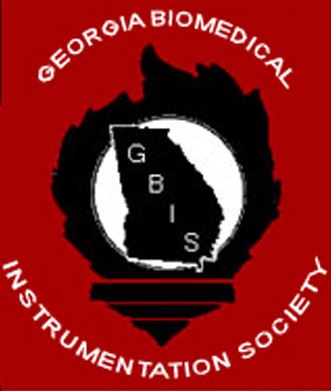Join GBIS Today | Member Login |
| Georgia Biomedical Instrumentation Society A Society for Georgia BMET's and others involved in healthcare technology Dedicated to advancing the knowledge of personnel involved in the development, selection, operation, repair and support of biomedical instrumentation in healthcare institutions throughout the State of Georgia |
